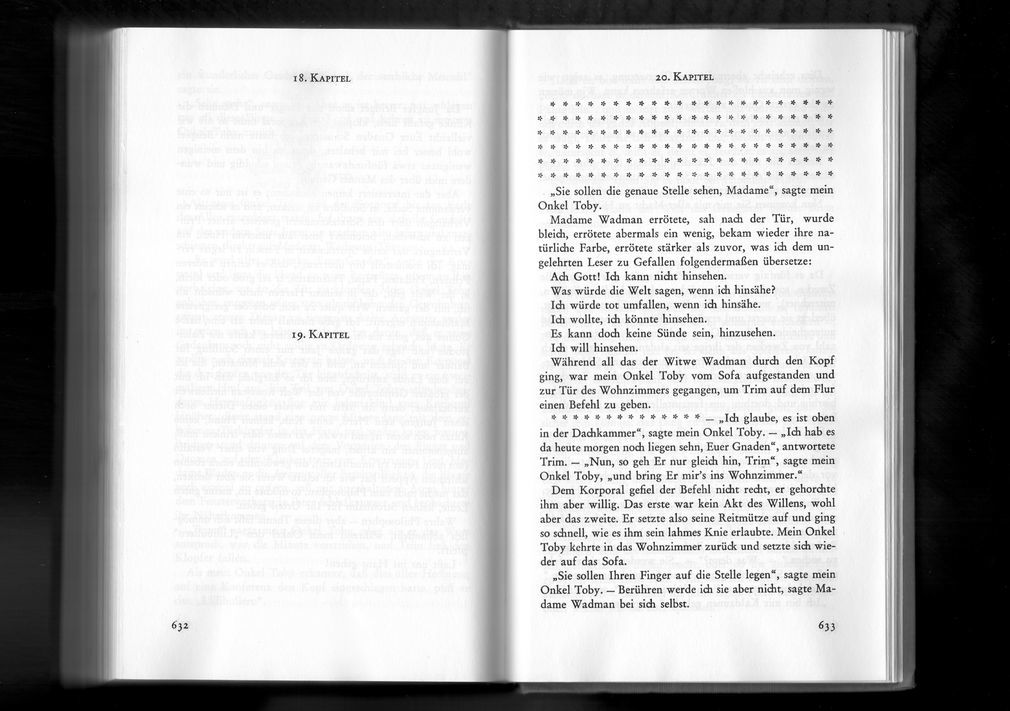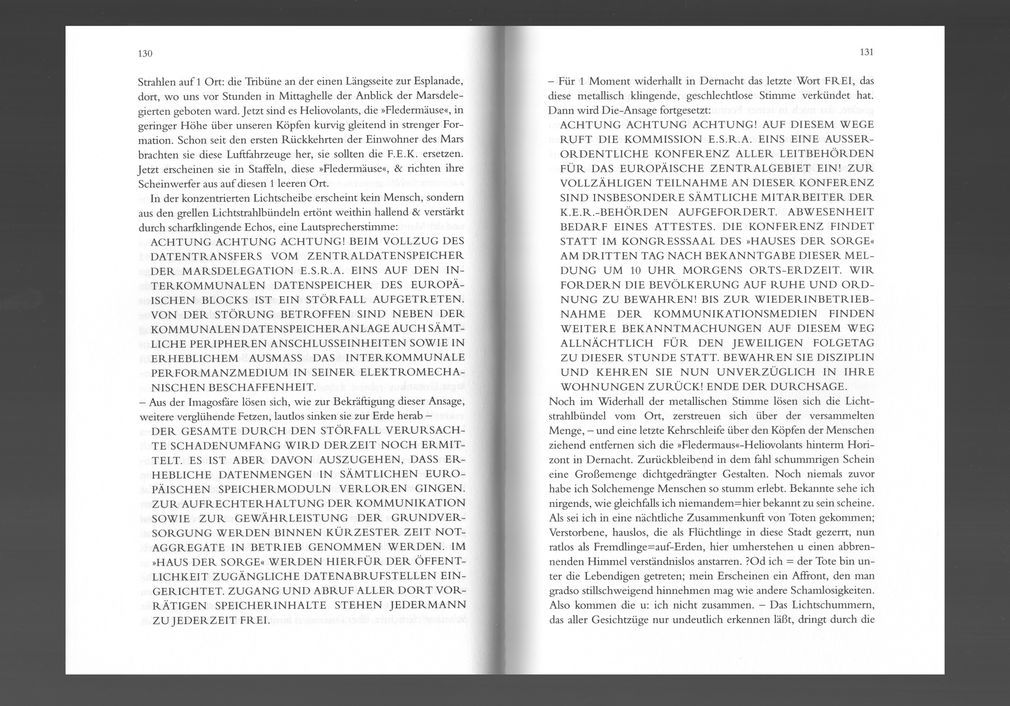Mathias Windelberg
Cabinets of showing. Institutional critique in expanded cinema Expanded cinema in institutional critique
School of Art
My art dissertation will deal with the relationship between exhibiting in the museum context and contemporary video art that takes a critical stance on the practices of exhibiting. A particular focus will be on necessary transformations of museums into artists’ films and on media differences and the resulting possibilities for exhibition films.
To this end, in a first historical thread reference is made to expanded cinema – by this term art theorists normally mean those forms of cinema and film which were appropriated by artists as of around 1960 and which, after undergoing transformations, subsequently found their way into exhibition halls. It was now not only the case that black boxes with projection screen(s) achieved the status of new media, locations or conventions in showing. Indeed, the cinematographic installation itself quickly became established as an autonomous work of art in the perception of the critics.
For my investigations I will also refer to a second discourse pertaining to the historical theory of art, one which has to date been seen as independent of that on expanded cinema: likewise as of the 1960s artists also enabled galleries and museums to rediscover their roots within artworks. Convinced that the context of an artwork always influences its reception, they started by questioning the conditions in exhibition halls. They rapidly turned their attention to reflections on the way that the different art institutions function. Strategies, presuppositions and mechanisms of inclusion or exclusion, in short, the practices of exhibiting also became the subject of the works they produced, works that were often conceptual in nature. In these, the artists displayed an emancipatory potential, distorting and expanding the mechanisms of display and questioning existing boundaries. This critical discourse on methods of artistic procedure in the public eye is subsumed in the expression institutional critique.
However, nowadays something remarkable appears to be happening. For around a decade now, the term institutional critique has been extended to include expanded cinema; in other words, those works of art that are only transformed into moving pictures through the power of the imagination and the sluggishness of our retinas in what is in fact a particularly intimate relationship between recipient and screen(s) in a darkened room. This does not at all negate or even represent the end of the expansion of the cinematographic into art and its appropriation by it. New and interesting works of video art are repeatedly being presented and nowadays even being shown in cinemas. Alongside this there are countless useful kinds of film also relating to museums – trailers, documentaries, feature films and educational films. Not all of these by any means question the locations, conditions and conventions of the way that they themselves are exhibited following in the tradition of institutional critique. For my part, I do not wish to make any demands of the kind on any work. Here however, the focus will be exclusively on that glittering fragment from the great treasure trove of cinematographic art that links both narratives, namely institutional critique and expanded cinema. Released from the original function of film (conveying advertising messages, representing an entertainment medium or teaching material) in exhibitions, works of cinematographic art had become a medium of self-reflection at exhibitions. Accordingly, the subject of my investigations at the point of intersection between the museum, art and film presents itself as expanded cinema in/as a form of institutional critique. With this in mind, I am conducting my investigations on the basis of five contemporary case studies. I will be looking at the following exhibition halls: MMK Frankfurt, Tropenmuseum Amsterdam, Wilberforce House Hull, the Archaeological Museum of Lavrion and the Numismatic Museum of Athens. The corresponding artists’ films are by Danica Dakic, Wendelien van Oldenborgh, Isaac Julien, Anja Kirschner and David Panos.
I will be conducting a comparative analysis of these cinematographic artworks with the aim of examining whether shifts or transformations have occurred at the museums, whether there have been any noticeable mutual effects or influences. Findings will be interpreted in terms of consequences with regard to museum policies. However, it is definitely not my intention to land a crushing blow to the institution of museums as such at the end of this institutional critique of the kind sometimes to be observed in pessimistic readings as the »assimilation of critical work or institutionalization of criticism«. On the contrary, usually the museums themselves, in what is very much an open and often supportive gesture, are both the sponsors of and the projection locations for the works investigated. The institutions’ attentiveness to the kind of critical comments expressed in the works of art to be discussed can thus be seen as a sign of progress. The museums deserve credit for the fact that they collect and sort even criticism of their function and make this available to the public in the form of exhibits without displaying any commercial interest.
Tutors:
- Prof. Dr. Marc Ries

